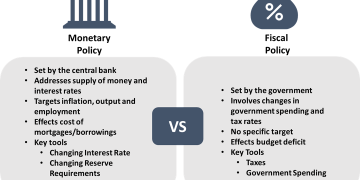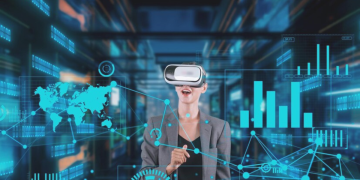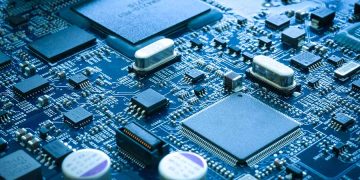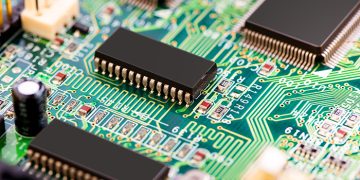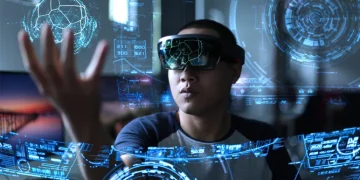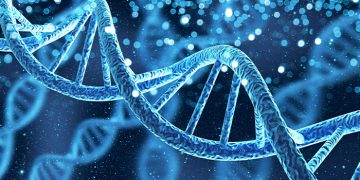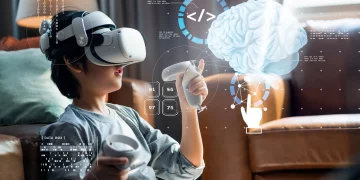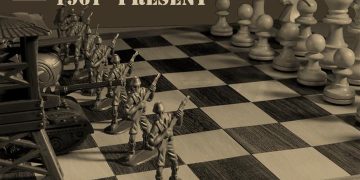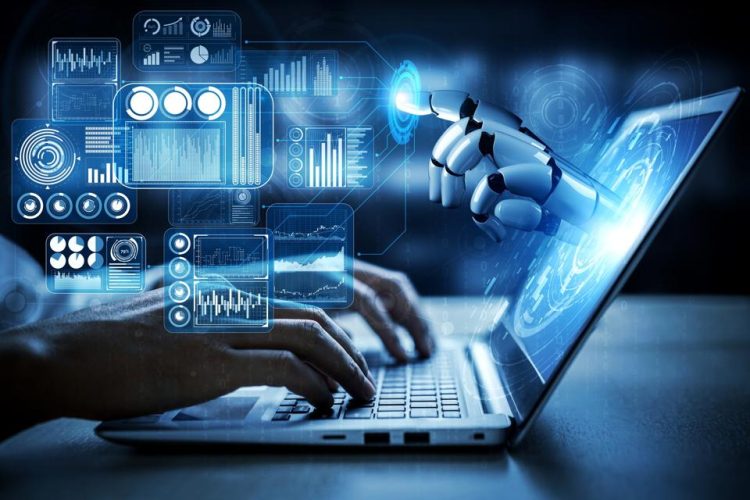Opening: Why Quantum Matters
For decades, classical computers have driven human progress, from personal devices to supercomputers powering AI. But some problems—like simulating molecules or optimizing vast networks—remain stubbornly hard, even for the fastest machines. Quantum computing promises a breakthrough by using the rules of quantum mechanics to process information in fundamentally new ways. It’s not just about speed—it’s about solving problems that classical methods cannot handle efficiently.
1. Classical vs. Quantum: A Simple Contrast
Classical computers rely on bits, which take values of 0 or 1. Logic gates manipulate these bits step by step, enabling everything from spreadsheets to global data centers.
Quantum computers, however, use qubits. Thanks to superposition, a qubit can be 0 and 1 simultaneously. Through entanglement, qubits share correlations no classical system can replicate. Quantum gates manipulate these states, and carefully designed interference patterns make correct answers more likely when measured.
In short: classical machines explore one path at a time; quantum machines explore many at once.
2. Algorithms: Where the Power Emerges
Not every task benefits from quantum computing, but several landmark algorithms show where it shines:
- Shor’s Algorithm: Can factor large numbers efficiently, threatening RSA encryption.
- Grover’s Algorithm: Speeds up unstructured search with quadratic improvement.
- Quantum Simulation: Naturally models molecules and materials, critical for drug discovery and energy research.
- Optimization & Machine Learning: Hybrid algorithms like QAOA may improve logistics, finance, and AI workflows.
Most of these require large, fault-tolerant devices. Current machines (NISQ—Noisy Intermediate Scale Quantum) may deliver smaller but meaningful benefits in specialized areas.
3. Hardware Race: Many Paths, One Goal
Multiple approaches compete to build practical qubits:
- Superconducting circuits (IBM, Google): fast but require extreme cooling.
- Trapped ions (IonQ, Quantinuum): high fidelity but slower.
- Photonic systems (Xanadu, PsiQuantum): scalable at room temperature but difficult to entangle.
- Neutral atoms and spins in silicon: promising for scalability but still early.
- Topological qubits: still experimental, but could reduce error-correction costs dramatically.
Each approach faces challenges of coherence, error rates, and scalability, which determine whether we can build large fault-tolerant systems.
4. Error Correction: The Big Bottleneck
Quantum states are fragile. Noise, heat, or stray fields can destroy information quickly. Quantum error correction solves this by encoding one logical qubit into many physical ones. But the overhead is steep: thousands of physical qubits may be needed for just one error-resistant qubit. Progress in improving gate fidelity and error-correction codes will define when large-scale machines become feasible.
5. Near-Term Opportunities (NISQ Era)
Even before fault tolerance, quantum devices can add value in niche domains:
- Chemistry: Simulating small molecules to guide drug and material design.
- Optimization: Testing logistics or portfolio problems with hybrid solvers.
- Quantum-inspired algorithms: Classical methods improved by quantum ideas, already used in finance and AI.
- Education & ecosystem building: Early access via cloud platforms prepares industries and researchers.
These benefits are incremental, not revolutionary—but they lay the groundwork for long-term adoption.

6. Transformative Applications (Future Outlook)
When fault-tolerant machines arrive, several industries could change dramatically:
- Pharmaceuticals and materials science: Quantum simulations could shorten discovery timelines.
- Cryptography: RSA and ECC will fall; post-quantum cryptography is already being standardized.
- Optimization: Global supply chains, traffic routing, and finance could gain efficiency.
- Energy & climate modeling: Better simulations could accelerate clean energy technologies.
- AI & data science: Quantum subroutines may boost learning efficiency in some areas.
The transition will not be instant, but industries that prepare early will benefit most.
7. Industry and Global Landscape
Big tech (IBM, Google, Microsoft, Amazon, Intel) lead hardware and cloud integration. Startups (IonQ, Rigetti, Xanadu, PsiQuantum) push specialized designs. Governments view quantum as strategic, with major funding in the U.S., EU, and China.
For investors, the main opportunities lie in:
- Cloud quantum services
- Software & middleware
- Quantum-safe cryptography
- Quantum sensing
Quantum is a long-term bet: high risk, but potentially transformative.
8. Risks, Ethics, and Security
Quantum computing also raises challenges:
- Cybersecurity: Encryption used today may be broken in the future; migration to quantum-resistant systems is urgent.
- Dual use: Faster simulations could accelerate both medicine and harmful technologies.
- Inequality: Early access could widen gaps between advanced and developing economies.
- Geopolitics: Quantum advantage is now part of global competition.
Responsible development and international cooperation will be key.
9. Looking Ahead: Possible Scenarios
Optimistic case (10–15 years): Fault-tolerant devices with thousands of logical qubits emerge. Chemistry, finance, and logistics see major breakthroughs. Post-quantum cryptography becomes universal.
Moderate case: Progress continues but slower. NISQ-era tools remain useful, with true large-scale applications arriving later. Quantum sensing and secure communication lead adoption.
Conclusion: A Revolution in Progress
The move from classical to quantum is not an overnight leap but a gradual revolution. Today’s prototypes prove principles; tomorrow’s machines may reshape industries. Classical computers will remain central, but quantum devices will serve as powerful accelerators for specific tasks.
The message for researchers, businesses, and policymakers is clear: engage now, prepare early, and guide development responsibly. Quantum computing will not only expand computational horizons—it will redefine what is possible.





